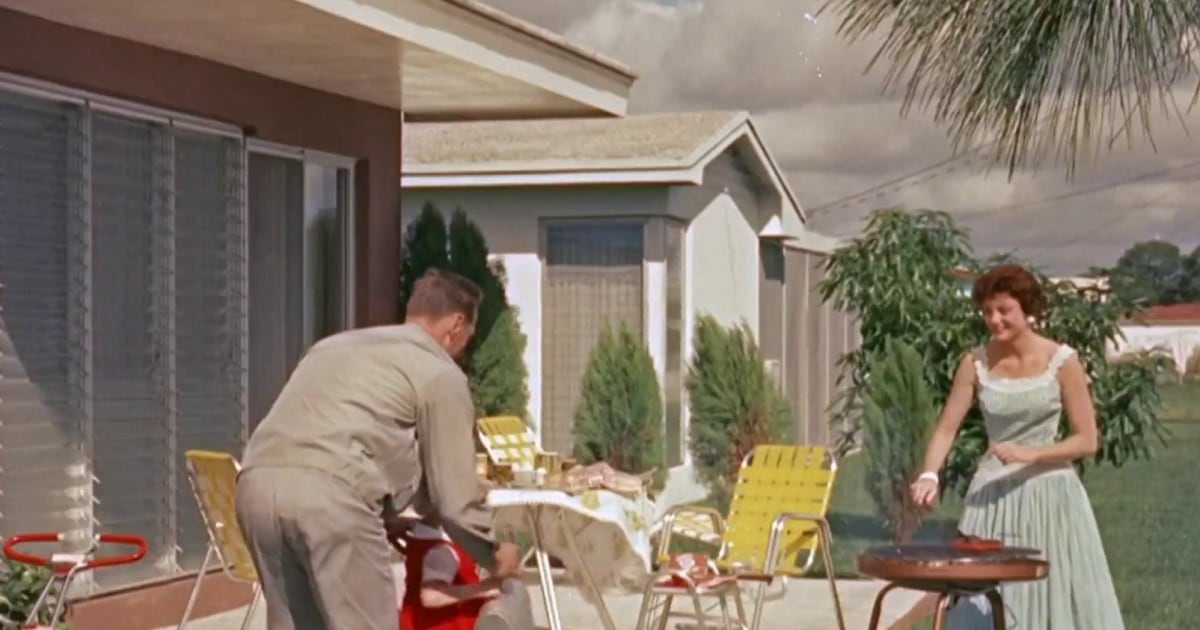Fitness
Zone 2 training is the latest fitness trend, but what is it?

And, because it places less stress on the body, these sessions are easier to recover from and help to reduce the risk of injury.
How effective is this so-called fat-burning zone?
The way we burn energy depends on the intensity and duration of the exercise. Carbohydrates are the body’s primary source of fuel for energy, followed by fats, then protein.
“One reason we say to exercise at a moderate intensity for fat loss is because you can go for longer, so you will burn through the carbohydrate stores and then the body will utilise fat as the energy source,” says Associate Professor Belinda Parmenter, an exercise physiologist and head of the UNSW Lifestyle Clinic.
“To get to that point you have to go for longer and usually the only way you can go longer is by doing a more moderate intensity rather than high.”
Loading
Given this, it is perhaps ironic that zone 2, often referred to as the fat-burning zone, is not necessarily the best way to burn fat.
It is true that the peak fat burning rate occurs in zone 2, somewhere between easy and hard exercise, for most people
However, a small new study randomised unfit young men into two groups who did exercise sessions on a treadmill, burning the same amount of energy during the session: the first group did moderate intensity exercise and the second did high intensity interval training (HIIT). The researchers found that the HIIT led to greater improvements in their resting metabolic rate, leading them to burn more energy overall after exercise and a higher percentage of the energy burned came from fat.
Anthony Blazevich, a professor of Biomechanics at Edith Cowan University, isn’t surprised by these findings.
HIIT uses more energy and regardless of whether carbohydrates or fat are the fuel source during exercise, afterwards as our body works to restore homeostasis, fat use can be high. Also, our resting metabolic rate is higher after HIIT leading us to burn more energy.
Moreover, if zone 2 is all you do, Blazevich explains, “it can trigger adaptive thermogenesis, which reduces the energy you use during the day and makes it harder to keep losing body fat”.
But burning fat is not just about weight-loss or the way we look, it is important to keep our fat levels in check. In excess, fat messes with metabolic function, secretes inflammatory markers into the body and is linked with a range of chronic illnesses.
So, is zone 2 not worth the hype?
According to the experts, a good rule of thumb is to go fast and hard about 20 per cent of the time, and get LIT (low intensity training) with zone 2 about 80 per cent of the time.
The 80/20 rule is “a great way to train,” says Chapman. “It has reduced the perception around needing to run hard every single session, which is a great outcome.”
Loading
It is, in fact, the way the world’s best endurance athletes train and is the magic split that can help amateurs improve their performance over five and 10 kilometres.
The zone 2 builds us up and keeps our bodies going for longer, while the short hits of high intensity boost our cardiorespiratory fitness, muscle strength and power. If you throw in interval training, where you take breaks between hard bursts of activity, there is extra bang for buck.
“You get to go for longer which typically allows you to reach the fat stores for energy – win-win,” says Parmenter.
One other good reason to mix up LIT and HIIT – while throwing in some resistance training because muscle mass increases our resting metabolic rate – is about making our psychological and physiological load more sustainable.
Most of us live busy, stressful lives and reports of burnout are high. When the pedal is to the metal from the moment we wake until the moment we go to bed, and we wash, rinse, repeat each day, then high-intensity exercise can contribute to the total sympathetic load. Instead of being a stress-relief, it becomes another stressor.
Balancing it out with low intensity training reduces our sympathetic drive, enhances our bodies’ ability to burn fat and relieves our mental load. A lot of LIT along with a bit of HIIT, is the ratio for a better functioning body and brain, Blazevich says.
“If we want to burn more and more energy, we need to use some low-intensity, parasympathetic drive-inducing, longer exercise,” he says. “Low-intensity, zone 1 and 2, outdoor exercise, possibly with a partner or friend, is great for calming”
Make the most of your health, relationships, fitness and nutrition with our Live Well newsletter. Get it in your inbox every Monday.









